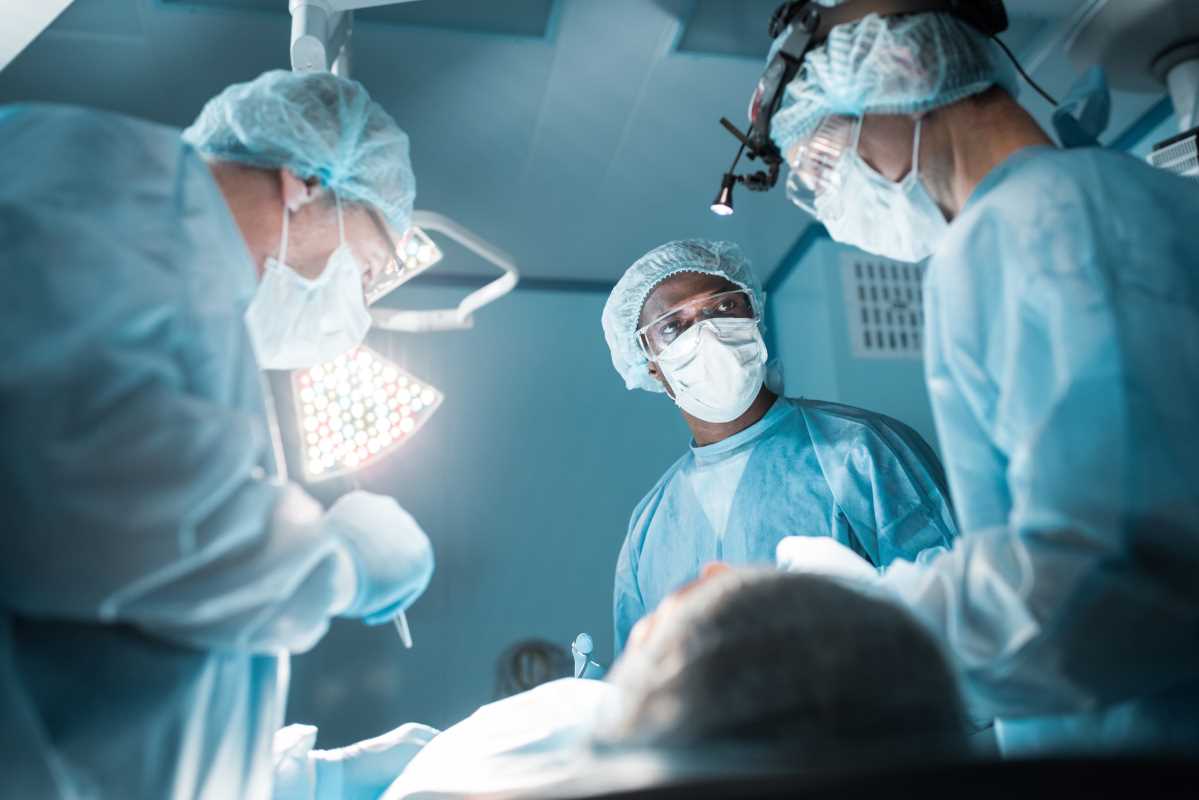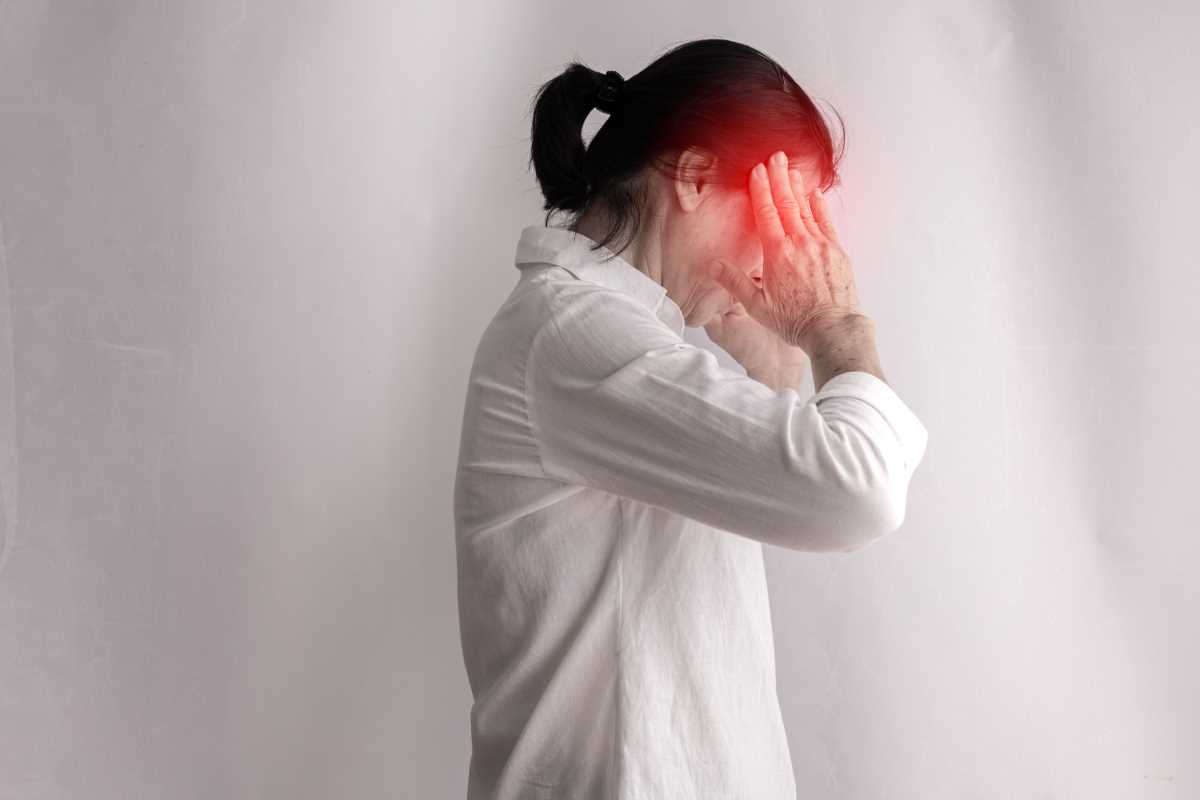Our bodies have some amazing tools to heal themselves, and Platelet-Rich Plasma (PRP) therapy is proof of that. You might have heard of PRP if you’re into skincare, sports medicine, or even hair restoration. This trending treatment uses your body’s very own blood platelets to jumpstart healing, grow healthy tissue, and even tackle issues like arthritis or thinning hair. But how does it work, and does it actually live up to the hype? Don’t worry; we’ve got all the details for you, broken down simply, so you can feel confident knowing if PRP might be worth exploring.
PRP therapy is like sending your body’s natural repair system into overdrive. Platelets, found in your blood, are cell fragments that help with clotting and healing injuries. They release growth factors, which are proteins that stimulate your body to repair damaged cells and build new ones. PRP therapy takes advantage of these platelets by concentrating them and applying them directly to areas that need help.
The process starts with a simple blood draw. A sample of your blood is placed in a machine called a centrifuge, which spins it super fast to separate out the red blood cells from the platelets and plasma. The result? A golden-yellow liquid rich in platelets, bursting with those amazing growth factors. This PRP mixture is then injected or applied to the target area. Whether it’s an aching joint, a patch of thinning hair, or aging skin, the goal is to enhance your body’s own healing abilities.
How Does PRP Therapy Work?
PRP therapy works by delivering a high concentration of platelets directly to the treatment area. Here’s how the process typically unfolds:
Blood Sample Collection: A small amount of your blood (usually just a few vials) is drawn, just like when getting a standard blood test.
Centrifuge Separation: The blood is placed in a centrifuge, which spins for about 10-15 minutes. This separates the blood into three layers: red blood cells, platelet-poor plasma, and platelet-rich plasma (PRP).
PRP Preparation: The platelet-rich layer is extracted for the treatment. This layer has a very high concentration of platelets, sometimes up to 10 times more than what’s found in regular blood.
Application or Injection: The PRP is injected into the problem area or applied topically, often alongside techniques like microneedling, which creates tiny openings in the skin to help it absorb the PRP.
Once introduced into the target area, PRP encourages cell growth and tissue repair. For example, in joints, it can reduce inflammation and boost cartilage regeneration. On the scalp, it nourishes hair follicles, promoting thicker, healthier hair. And when used on the skin, it improves texture and promotes a youthful glow by stimulating collagen production.
Benefits of PRP Therapy
There’s a reason PRP has gained fans among athletes, dermatologists, and beauty experts alike. Its benefits are backed by the idea that using the body’s natural resources can lead to effective and personalized healing.
1. Promotes Natural Healing
Since PRP comes from your own body, there’s no risk of rejection or allergic reactions. The therapy works in harmony with your body’s natural healing processes to repair damaged tissues, whether it’s a sore joint or thinning hair.
2. Minimally Invasive
Compared to surgical treatments, PRP therapy is simple and non-invasive. The procedure usually doesn’t take much longer than an hour, and most people can go about their day immediately after.
3. Versatile Applications
PRP therapy is used to treat a wide range of conditions. Athletes often turn to it for muscle injuries or tendon issues, while others seek it for cosmetic purposes like tackling wrinkles or encouraging hair growth.
4. Reduced Downtime
There’s little to no recovery time required after a PRP treatment. While you might feel some mild soreness at the injection site, it’s far less disruptive than surgery or other intensive treatments.
5. Safe and Natural
Because PRP uses your own blood, it doesn’t require any foreign substances or medications that can come with side effects. It’s a natural and safe approach to healing.
Effectiveness in Treating Various Conditions
To truly grasp PRP’s value, it’s helpful to look at how it’s being used in different areas of medicine and wellness. Here are some ways PRP therapy is making a difference:
1. Hair Loss
PRP therapy has gained a lot of attention for its role in hair restoration. For people experiencing thinning hair or androgenetic alopecia (a common form of hair loss), PRP can encourage dormant hair follicles to start growing again. With regular treatments, patients often notice thicker, fuller hair.
2. Joint Pain and Arthritis
Arthritis and joint pain affect millions, but PRP offers a nonsurgical option for relief. The growth factors in PRP can reduce inflammation and encourage tissue repair, making it a popular treatment for knee pain, hip issues, and even chronic tendinitis.
3. Skin Rejuvenation
Also known as the “vampire facial,” PRP therapy is a favorite in the world of cosmetics. When combined with treatments like microneedling, PRP can improve skin tone, reduce fine lines, and enhance firmness by boosting collagen production.
4. Sports Injuries
Athletes turn to PRP to speed up recovery from injuries like torn ligaments, tendonitis, or muscle strains. It’s commonly used alongside physical therapy to aid healing and get players back on the field faster.
Risks and Considerations
While PRP is generally safe, it’s important to understand the possible risks and limitations. Here are some factors to keep in mind:
Mild Side Effects
- After a session, you might experience some bruising, redness, or swelling at the injection site. These effects are temporary and usually fade within a couple of days.
Not a Quick Fix
- PRP isn’t an overnight solution. It can take weeks to months to see noticeable improvements, as the treatment relies on your body’s natural healing process.
Effectiveness Varies
- PRP therapy doesn’t work the same for everyone. While it shows promise for many conditions, individual results depend on the severity of the issue and your body’s response to the treatment.
Requires Repeat Treatments
- Most people need multiple sessions to achieve their desired results. For example, hair restoration might require three or more treatments spaced a month apart.
Cost
- PRP therapy can be pricey, especially since it’s not always covered by insurance. However, many find the investment worthwhile for the potential benefits.
Always consult with a medical professional experienced in PRP to see if it’s the right choice for you. They’ll assess your condition, discuss realistic expectations, and create a customized treatment plan.
 (Image via
(Image via





